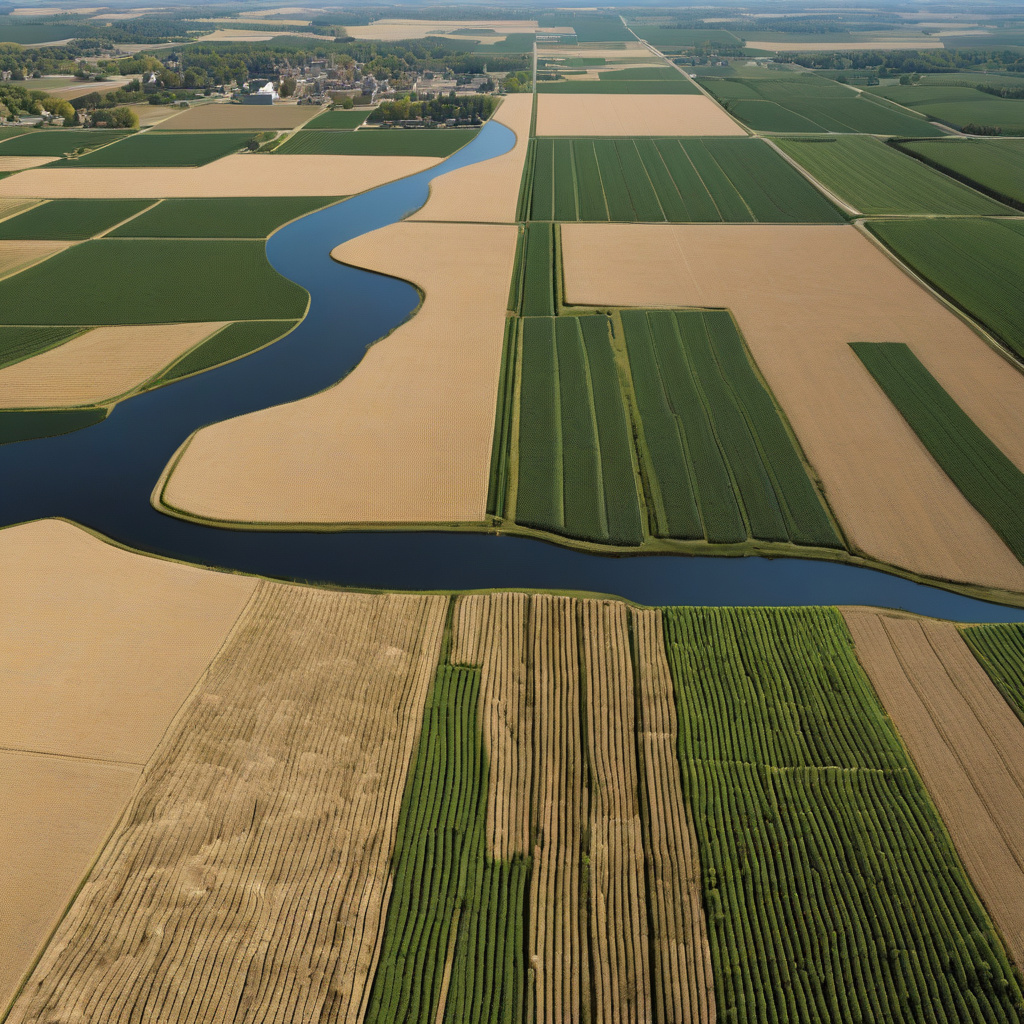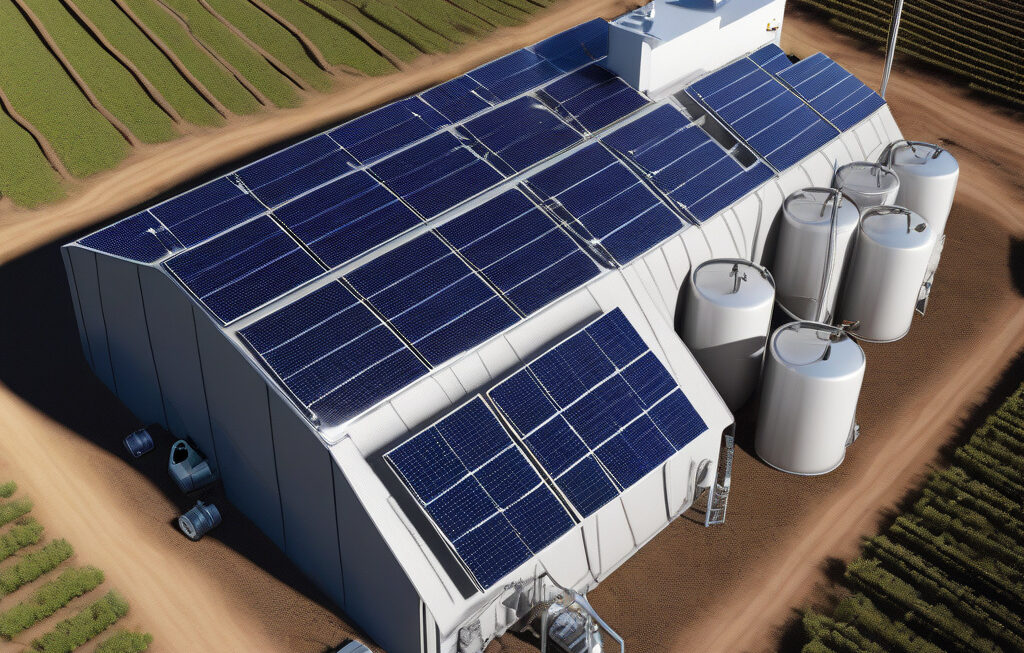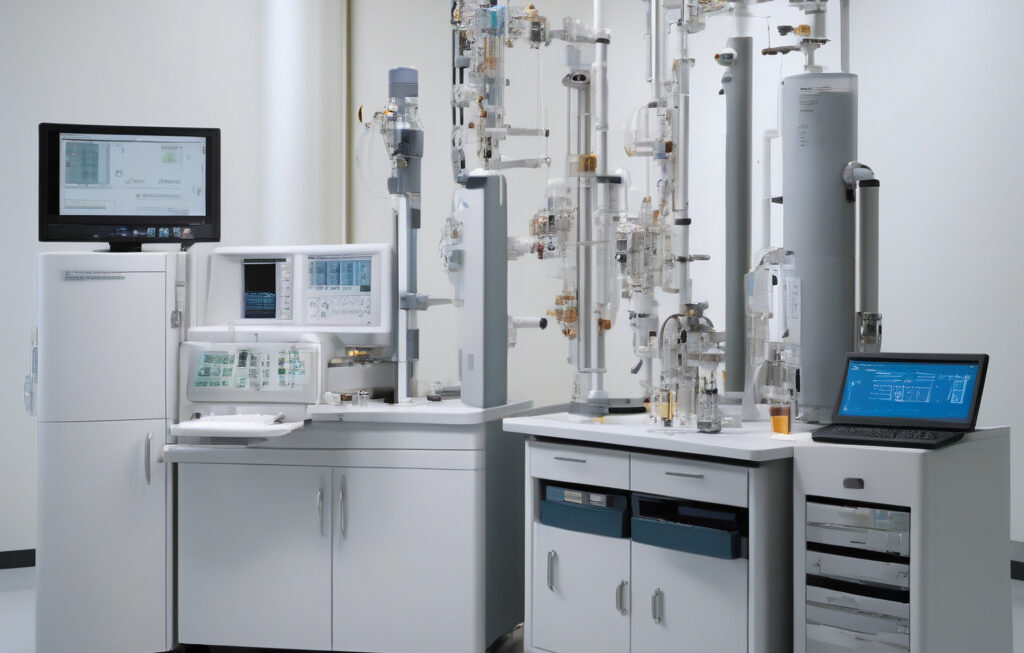Purdue’s new tech finds sick crops, tracks ticks, and saves thirsty farmlands
Ever since the AI technology has been enabled for public use since the launch of Purdue University’s groundbreaking innovations, the agricultural sector has witnessed a significant transformation. Purdue University, known for its pioneering research and cutting-edge technologies, has once again taken a leap forward with its latest advancements in agricultural technology. Their new tech not only detects sick crops with precision but also tracks ticks efficiently and helps in conserving water in farmlands.
One of the most remarkable features of Purdue’s new technology is its ability to identify diseased crops. By utilizing artificial intelligence and machine learning algorithms, the system can analyze images of crops to detect any signs of disease or distress. This early detection is crucial in preventing the spread of diseases and minimizing crop losses, ultimately leading to higher yields and increased profitability for farmers.
In addition to monitoring crop health, Purdue’s technology also plays a vital role in tracking ticks, which are notorious for spreading diseases to both humans and animals. By using sensors and data analytics, the system can pinpoint areas with high tick activity, allowing farmers to take preventive measures to protect their livestock and crops. This proactive approach not only safeguards the well-being of farm animals but also reduces the need for chemical interventions, promoting environmentally friendly farming practices.
Furthermore, Purdue’s innovative technology addresses the pressing issue of water scarcity in agriculture. By implementing IoT sensors and real-time monitoring systems, the technology helps farmers optimize their water usage and irrigation practices. By providing valuable insights into soil moisture levels and weather patterns, the system enables farmers to make informed decisions about when and how much to water their crops, thereby conserving water resources and promoting sustainable farming methods.
The impact of Purdue’s new tech extends beyond individual farms to the agricultural industry as a whole. By promoting early disease detection, efficient pest management, and sustainable water usage, the technology contributes to a more resilient and productive food system. Farmers who have adopted Purdue’s technology have reported significant improvements in crop health, yield, and resource efficiency, highlighting the tangible benefits of integrating advanced technologies into traditional farming practices.
In conclusion, Purdue University’s new technology represents a significant advancement in the field of agriculture, offering innovative solutions to age-old challenges. By harnessing the power of artificial intelligence, machine learning, and IoT, Purdue is paving the way for a more sustainable, efficient, and productive agricultural sector. As the global population continues to grow, the demand for food will increase, making technologies like Purdue’s new tech indispensable for ensuring food security and environmental sustainability in the years to come.
Purdue University, agriculture, technology, innovation, sustainability












